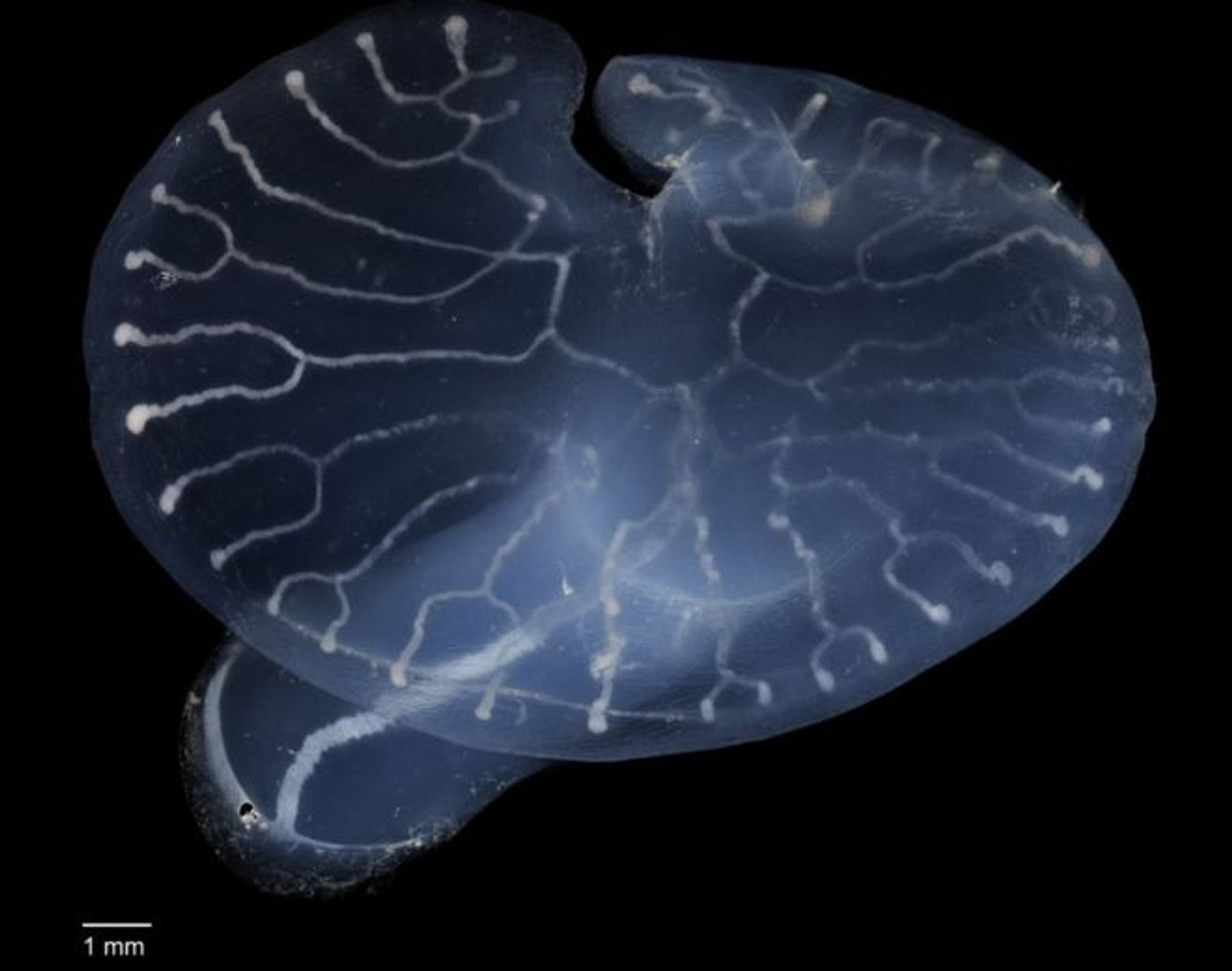Scientists Investigate the Mystery of Deep-Sea Mushrooms
It has taken scientists a really long time to even begin to understand the deep-sea mushroom. They are hard to find, and following their original discovery in 1986, researchers have been looking for more live specimens to collect for samples for nearly 30 years.

Image Credit: Hugh Macintosh
Some specimens were collected at first sight in 1986, but what was left after preservation leading up to a study in 2014 didn’t leave scientists with enough intact genetic information to study them more up close.
A study published in PLOS ONE in 2014 suggested that deep-sea mushrooms were a part of their own genus, but there really wasn’t any strong evidence of such a claim because there wasn’t enough genetic evidence intact.
"Like forensics and in medicine, DNA has become an essential part of a modern zoologists' toolkit," says Timothy D. O'Hara, lead author of the study. "Publishing a new phylum without actually showing how it was related to other animals through DNA was a very old-fashioned way of doing things.
Scientists finally got their golden moment last year to get some genetic samples, as they stumbled upon a collection of live deep-sea mushrooms about 3 kilometers below the surface, near the continental slope of Southern Australia. When they found the gold mine of deep-sea mushrooms, they grabbed about 85 of them for science.
The scientists, who were using the research vessel known as ‘Investigator,’ have been studying the genetics of the samples collected to better understand where they came from and what they really are.
Their findings are significantly more detailed than the previous study, thanks to DNA, and have been published in the journal Current Biology.
Now that DNA can be taken into consideration of the fresh samples, the scientists have been able to conclude that these creatures actually belong to a class of siphonophores, which is the same class assigned to the well-known Man-O-War jellyfish that exists in the waters around Portugal.
In other words, the previous study’s findings were actually incorrect, and newer information is taking the spotlight.
They are a unique type of species because instead of being just one jellyfish, siphonophores are actually modular, in that parts and pieces known as polyps make up the actual body of the creature.
"We were totally surprised," says O'Hara. "We only vaguely knew what a siphonophore was because they don't turn up very often. We were a little bit disappointed. It would have been nice to find a new phylum, but nonetheless we solved the mystery."
The team at least gets to go home knowing they’ve solved at least one mystery of the deep sea, although as we all know, the ocean is a large and vast place that still remains mostly unexplored.
There are tons of creatures out there, besides deep-sea mushrooms, that are not well known and further exploration would go great strides for us to better understand the biology deep in our waters.
Armed with the knowledge of DNA, classifying animals has never been such a possible task as it is today.
Source: BBC, The Conservation








